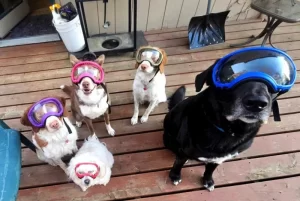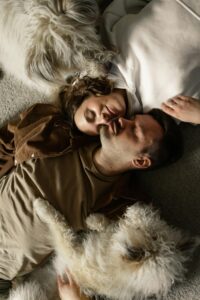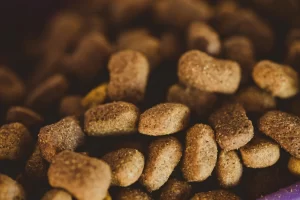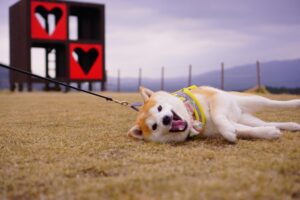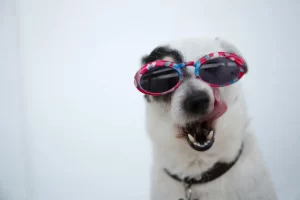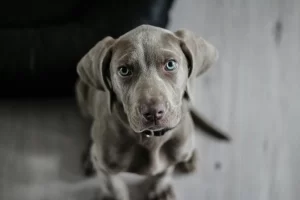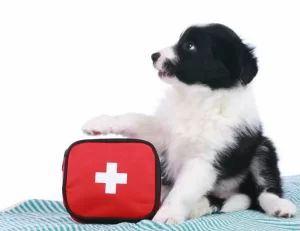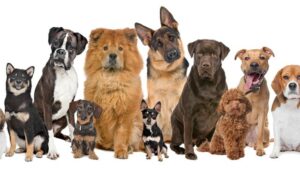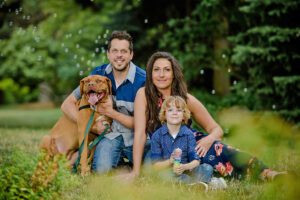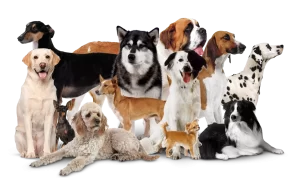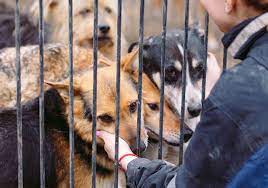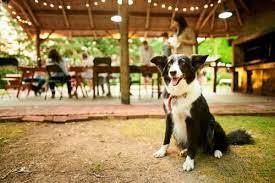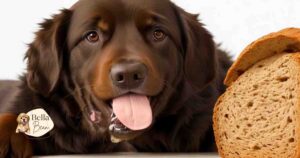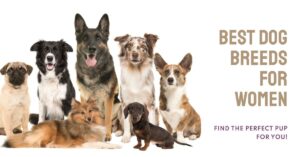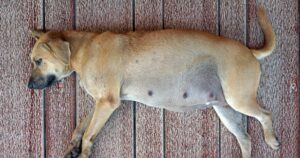Puppy biting and nipping are completely normal behaviors. Puppies explore the world with their mouths and learn about their environment this way. Still, it’s important to stop this behavior early before it becomes a habit. Teaching your puppy gentle bite inhibition helps build a foundation for a well-mannered dog.
You’ll learn simple and clear techniques to discourage biting without making your puppy fearful. From using redirection to offering appropriate chew toys, these steps help your puppy understand what’s okay to bite and what’s not. Addressing this early saves you frustration and helps your puppy grow into a calm, friendly companion.
Table of Contents
ToggleUnderstanding Why Puppies Bite and Nip
When your new puppy bites or nips, it can feel frustrating or even worrying. But these behaviors have clear reasons behind them that are part of how puppies grow and learn. Puppies don’t bite to be mean—they’re trying to communicate, explore, or soothe themselves. Knowing why your puppy bites helps you respond calmly and guide them toward better habits.
Teething and Its Effects on Biting
Puppies go through a teething phase that often explains a lot about their biting. Just like babies, puppies’ gums can feel sore and itchy when their baby teeth fall out to make room for adult teeth. To ease this discomfort, puppies naturally chew and bite on things. It’s their way of soothing irritated gums.
During this period, expect your puppy to be extra mouthy. They’ll test out different textures and objects to find relief. Offering safe chew toys gives them something appropriate to gnaw on while protecting your belongings and, more importantly, your hands and fingers.
If you want to learn more about managing this stage, the American Kennel Club explains how to handle teething and nipping.
Biting as a Form of Play and Communication
Puppies use their mouths a lot to express themselves and interact with their world. When playing with their littermates, they nip and bite as a way to communicate boundaries and enjoy social bonding. A quick nip might mean “enough,” or it can invite the other puppy to play.
This mouthy play naturally continues with humans. Your puppy sees your hands as part of the game, so they use nipping to engage with you, express excitement, or seek attention.
Observing your puppy’s body language during play—tail wagging, relaxed posture, playful barks—helps distinguish friendly nips from serious biting. Teaching bite inhibition, which means your puppy learns to control the force of their bite, is essential during this stage. Puppies often learn this from their littermates when a yelp signals a bite was too hard, prompting gentler play.
For deeper insight into puppy play behavior and healthy interactions, The Spruce Pets offers a good guide to how puppies like to play.

Photo by SwGus
When Puppy Biting Becomes a Problem
While nipping and biting are normal, there’s a difference between playful mouthing and biting that could cause harm or signal behavioral issues. If your puppy bites aggressively, repeatedly, or without any clear reason—such as fear or frustration—it may need attention.
Watch out for biting that causes injury or happens outside of play moments. Biting that’s aimed at intimidating, happens with growling, or makes you feel unsafe points to a problem. This kind of behavior needs intervention to prevent it from becoming a long-term issue.
If you notice signs of aggressive biting, consulting a qualified trainer or behavior expert can help. The ASPCA provides guidelines for understanding when biting turns from normal to concerning and how to address it safely: Mouthing, Nipping and Biting in Puppies.
By recognizing when your puppy’s biting is harmless and when it needs correction, you can take timely steps to help your furry friend grow into a gentle adult dog.
For further steps on how to manage and reduce biting behavior, check out this useful guide on how to deal with puppy biting effectively.
Immediate Steps to Discourage Biting Behavior
When your puppy starts biting, acting quickly and calmly is the key. Using clear signals, offering the right toys, and rewarding good habits work together to teach your puppy what’s acceptable. Here are practical ways to stop biting right when it happens.
Using Firm and Consistent Verbal Corrections
The moment your puppy bites, use a firm but calm verbal cue like “No” or “Ouch.” Puppies respond best when the cue is always the same and spoken in a steady, serious tone. Avoid yelling or sounding angry; this can scare your puppy or make them more excited, which won’t help.
A consistent verbal correction works like pressing the “pause” button on playtime. It tells your puppy, “That’s not okay,” without overwhelming them. Over time, they start associating the word with their behavior and learn to stop biting on their own.
Repeating this correction each time helps your puppy quickly learn limits and understand that biting isn’t part of the fun.
Redirecting to Appropriate Chew Toys
Puppies bite because of curiosity, teething pain, or playfulness. Instead of punishing biting, redirect their attention to designated chew toys. When your puppy starts biting your skin or clothes, gently pull away and immediately offer a chew toy.
Good chew toys include:
- Rubber toys like KONGs, which are durable and can be stuffed with treats.
- Nylon bones that satisfy chewing needs without being sharp.
- Soft plush toys for gentle chewers who enjoy cuddly textures.
This switch teaches your puppy what they can bite without confusion. Keep the toy handy so you can offer it whenever biting starts. This way the puppy learns to choose toys over your fingers or clothes naturally.
Rewarding Good Behavior
Positive reinforcement is the secret to fast learning. Whenever your puppy stops biting and picks up a toy instead, immediately praise them with a happy voice and offer treats. This makes stopping biting rewarding, so your puppy will want to repeat the good behavior.
You can also reward calm moments during play, reinforcing that gentle mouthing or no biting is the right choice. Giving treats, affection, or playtime helps your puppy associate gentle behavior with positive outcomes.
This approach builds trust and motivates your puppy toward peaceful interactions, rather than fear or confusion.
For more expert tips on guiding your puppy’s biting behavior effectively, check out this helpful AKC guide on stopping puppy biting.

Photo by Valeria Boltneva
If you’re curious about how positive reinforcement shapes behavior in other training contexts, explore this post on training tips for German Shepherd Husky pups, which applies many of the same rewarding techniques.
By combining firm verbal cues, smart redirection, and consistent rewards, you give your puppy clear rules and reasons to curb biting in a way that feels natural and fair. Immediate, clear responses start the path to gentle mouth manners right away.


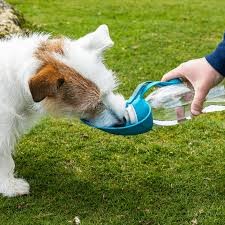


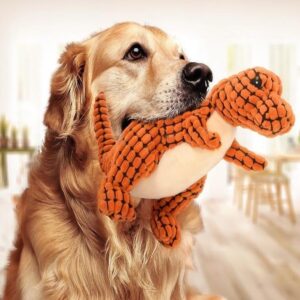
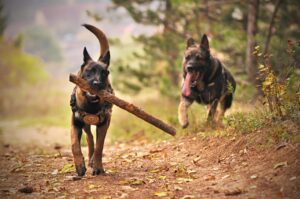



![The Ultimate Guide to Road Tripping with Your Dog [2025 Update]](https://bellabeanupdate.com/wp-content/uploads/2025/05/pexels-photo-1143369-300x209.jpeg)

